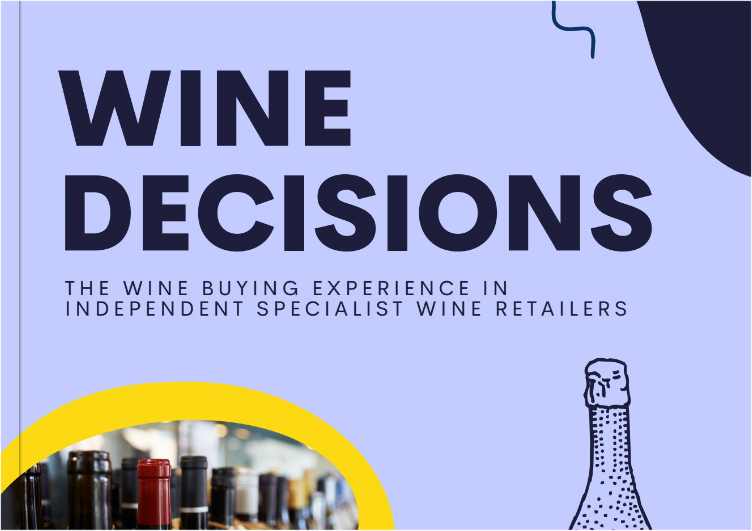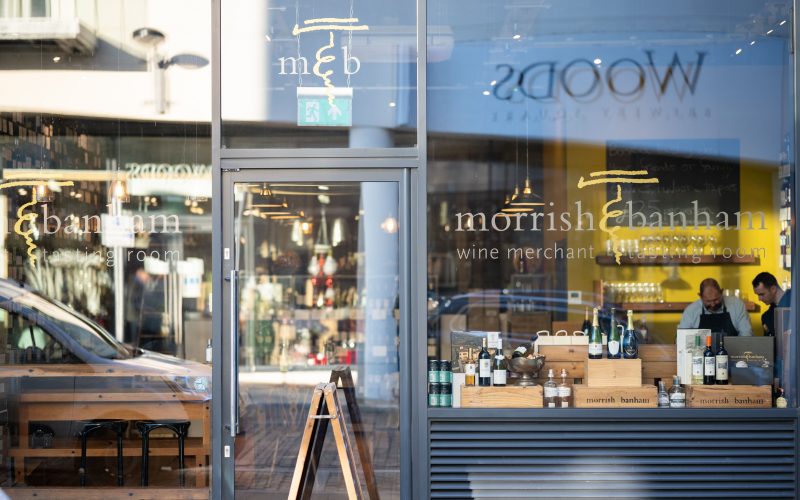
There’s an interesting new whitepaper titled “Wine Decisions: The Wine Buying Experience in Independent Specialist Wine Retailers” based on a research study conducted by KAM in collaboration with Hallgarten & Novum Wines, focusing on consumer behavior within the UK’s independent specialist wine retail sector. This study, involving 1,185 participants, explores the driving factors influencing consumer preferences and purchase decisions amidst economic challenges like rising inflation.
The research reveals that despite financial tightening, value for money remains a crucial aspect for consumers while purchasing wine, but not strictly in terms of price. Consumers are attracted to specialist wine retailers due to the personalised experience, expert recommendations and community engagement they offer. They are willing to pay a premium for a richer, less transactional experience as compared to mainstream retail outlets.
Consumers prefer navigating through wine selections by geography (country/region), followed by grape variety. They appreciate clear taste descriptions and awards mentioned on labels or shelves, aiding them in making informed decisions. The textural elements in wine descriptions resonate well with consumers’ preferences for certain textures, such as smooth or full-bodied wines.
Staff recommendations play a pivotal role, especially when they are knowledgeable and can provide personalised suggestions. Building a rapport with customers through interactions, events and loyalty schemes enriches the buying experience, fostering a sense of community and loyalty towards the independent retailers.

The option to taste wines before purchasing, alongside promotional offers on higher-priced wines, encourages customers to spend more. The study also underscores the importance of delivering on value, not by competing on price, but by enhancing the in-store experience which justifies the premium prices in specialist stores compared to supermarkets.
The paper hints at a slight decline in volume bought from specialist wine retailers, with supermarkets being the primary alternative due to price considerations. However, it emphasises the unique value proposition of specialist wine retailers which lies in their ability to provide a personalised, enriching buying experience, fostering a sense of community and trust among consumers.













